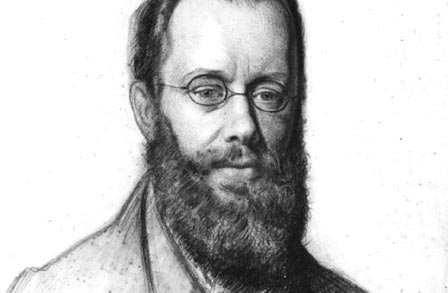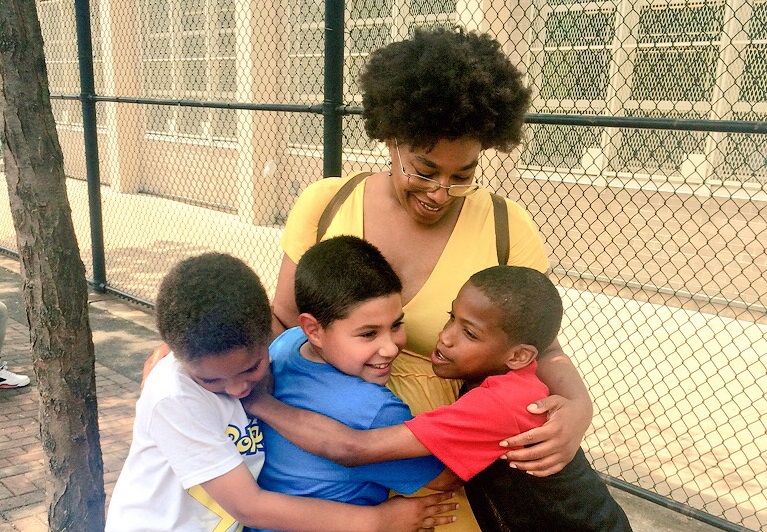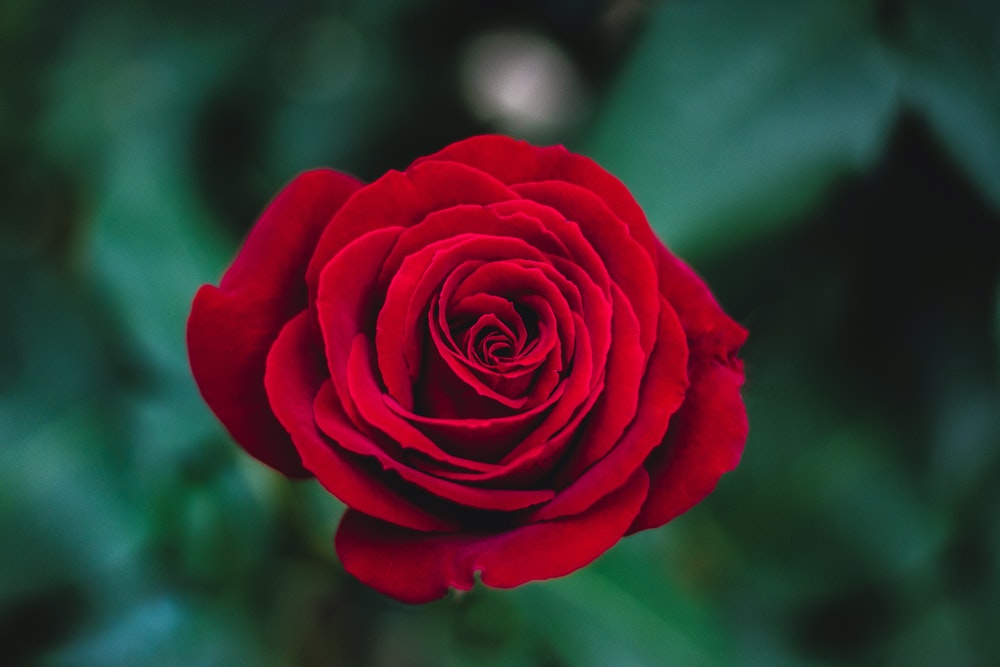This lesson is part of Writing Our Way Through: clear, fun, and engaging “lessons” for writing at home with young people.
Author/Teaching Artist: Amina Henry
Age Range: 2nd grade & up
Materials: Paper, pencils/pens, scissors, a copy of Edward Lear’s “The Jumblies”
Overview
Edward Lear’s poem, “The Jumblies” is full of imagination and wordplay. Reading it aloud always reminds me of the pure joy we can receive from language. I mean, “pinky paper”? “Moony song”? I love it. This lesson, inspired by Lear’s poem, invites participants to play with words by collaging pieces of his poem together and even combining this “found language” with their own. I’ve found that it is especially effective at engaging young writers who are otherwise resistant to writing. English language learners also respond well to this lesson. It offers everyone an opportunity to play and delight in vivid language.
Note: while I recommend “The Jumblies” as a mentor text for this lesson, other options abound. For example, “Kaleidoscope” by Sonia Sanchez is another great option if you would prefer a poem that is shorter; it has less narrative but is also filled with juicy words and phrases for young writers to play with.
The Steps
1. Read the poem slowly, allowing participants to really picture what is happening in their mind’s eye.
2. Ask questions about what participants can remember such as: What words or phrases did you like or find interesting? What do the Jumblies look like? What details do you remember about the journey the Jumblies go on?
If you wish, you might clarify vocabulary words such as “sieve” and “mast.” This is also an opportunity to point out rhyme, alliteration, metaphor and simile, but only if it feels useful. The main point is to keep everyone engaged.
3. Read the poem again, this time inviting everyone to join in with the repetitive refrain. (You may also want to stop and start with this second read-through, briefly discussing each section after reading it.) Another idea is to ask a participant to read a section and you join in during the repetitive refrain.
4. Depending on your preference as well as the availability of a printer at home, you can approach the next step the following ways.
- Distribute sheets of the printed poem and invite participants to cut out their own favorite words and phrases into strips. I recommend printing the poem in a larger-sized font such as 18 or 20.
- Invite everyone to write their favorite words or phrases down a sheet of paper, being sure to leave space in between each word or phrase. Then cut these words and phrases into strips.
- If you don’t have a printer and you are working with younger writers, you can ask for volunteers to share the words or phrases they REALLY like in the poem and write those on a piece of paper before cutting them into strips.
5. Now, we play. Give everyone a blank sheet of paper and glue or tape. The simple instruction is: Make a poem using some or all of these words or phrases. Take your slips of paper and glue/tape them onto the page in the order and position that you want. You can also add as many words as you want by writing your own words in.
6. Set a timer for 5-10 minutes. You might challenge everyone to create their poem in the allotted time frame—to add a little excitement into the process. If participants have finished before the time is up, invite them to draw pictures of the Jumblies in their sieve-boat or to illustrate the new poem that they’ve just created.
7. Share poems and illustrations as long as time and interest permits!
Literary Terms, Forms, and Devices: Collage, Found Poem, Wordplay

The Jumblies
I
They went to sea in a Sieve, they did,
In a Sieve they went to sea:
In spite of all their friends could say,
On a winter’s morn, on a stormy day,
In a Sieve they went to sea!
And when the Sieve turned round and round,
And every one cried, ‘You’ll all be drowned!’
They called aloud, ‘Our Sieve ain’t big,
They called aloud, ‘Our Sieve ain’t big,
But we don’t care a button! we don’t care a fig!
In a Sieve we’ll go to sea!’
Far and few, far and few,
Are the lands where the Jumblies live;
Their heads are green, and their hands are blue,
And they went to sea in a Sieve.II
They sailed away in a Sieve, they did,
In a Sieve they sailed so fast,
With only a beautiful pea-green veil
Tied with a riband by way of a sail,
To a small tobacco-pipe mast;
And every one said, who saw them go,
‘O won’t they be soon upset, you know!
For the sky is dark, and the voyage is long,
And happen what may, it’s extremely wrong
In a Sieve to sail so fast!’
Far and few, far and few,
Are the lands where the Jumblies live;
Their heads are green, and their hands are blue,
And they went to sea in a Sieve.
Kaleidescope
tumbling blue and brown
tulips that leap
into frogswomen dancing in metal
blue raindrops sliding
into green diamondsturtles crawling outward
into starselectric w’s
spreading beyond wordspapooses turning
into hearts
and butterflies stretching
into court jesters
who jump
amid red splinters
just like you–Sonia Sanchez
Student Poems
My Jumbly Poem
A lovely monkey
swims in a blue sea
On a stormy day he has a feast
His friends are a hive of silvery bees
They all sing a moony song–Charlie R., 2nd grade
My Jumbly Poem
On a stormy day
I feel blue
Like a deflated balloon–Nicholas R., 2nd grade
My Jumbly Poem
Two blue owls on a stormy day
Fly in the cold
Fearsome creatures in the
Wild wilderness
They lurk in the darkness–Justin A., 2nd grade
Jumbly Poem
One day people went to sea with a bee
On the sea they had a lovely feast with the bee
A storm came
Everyone went inside the boat
Then the storm went away
The friends sang a moony song
And went to sleep–Sahir R., 2nd grade
Amina Henry is a Brooklyn-based playwright and educator. Recent local productions include PS (Ars Nova), Little Rapes (The New Group/Long Island University), and The Johnsons(JACK). Her work has been produced, developed by, and/or presented by: Atlantic Theatre, The New Group, Clubbed Thumb, New Georges, The Flea, Page 73, Project Y Theatre, National Black Theater, Little Theater at Dixon Place, The Brooklyn Generator, The Brick, HERE Arts Center, The Cell: a 21st Century Salon, the Oregon Shakespeare Festival in the 2013 Black Swan Lab Series (Ashland, OR), Kitchen Dog Theater (Dallas, TX), and HERO Theatre (Los Angeles, CA), among other organizations. She was a 2017-18 recipient of the Lower Manhattan Cultural Council Space Residency and is a 2018 recipient of a space residency at Dixon Place. She is a member of the Women's Project 2022-24 Lab and an affiliate artist at New Georges. She is currently an adjunct lecturer at Brooklyn College and SUNY Albany. She is also a teaching artist for Teachers & Writers Collaborative and the Hunts Point Alliance for Children.




